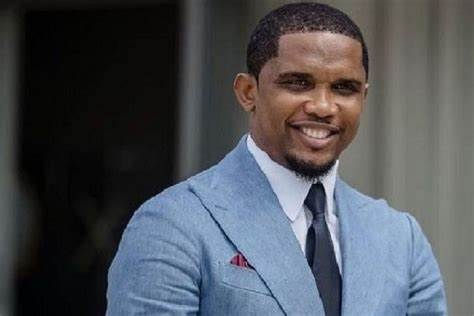Election of Joshua Nambangi Osih at the head of the SDF:
- Steve simplice Nouguen
- Nov 2, 2023
- 3 min read
“the end of a certain idea of change”
The congress of the Social Democratic Front (SDF) ended on October 29 in Yaoundé, amid almost general indifference. For public opinion, this party, which was launched in bloodshed on May 26, 1990 in Bamenda, has practically ceased to exist, as it no longer represents much on the national political scene.
From fratricidal wars to more or less explicit collusions with those in power, the party of Chairman Ni John Fru Ndi ended up becoming a shadow of itself. Crushed in its original stronghold by the Ambazonian separatist crisis, it struggles to exist under the control of a large section of the population, who only live and believe in Secession. This party, whose main stronghold was the English-speaking regions of the North-West and South-West, is caught between a federalist ideal embodied by the Founding Fathers and a separatist retreat now promoted by the Ambazonians. Neither John Fru Ndi paid the price, he who, during his lifetime, had been kidnapped twice by secessionist elements. To escape the incessant attacks of the latter, he had to go into exile in the United States of America, only returning to his native land at the terminal stage of an illness, which finally got the better of him.
The SDF or Suffer Don Finish, as the popular slogan was affectionately called it, has experienced several fortunes. Having failed to come to power in 1992, following the presidential elections, a year when his popularity was at its peak, he then experienced a slow descent into hell. Initially, this political party was criticized for its lack of ideology and political program. Internally, there was above all the desire to establish a dictatorship of its governing bodies, in particular the National Executive Committee, over the remainder of the party's organizational chart. Activists from other bodies often did not have the means of recourse capable of establishing true internal democracy. There was also the question of the omnipresence of the Founding Fathers, who had the right of veto, including over decisions made by members of the highest-ranking governing bodies such as the National Executive Committee.
The SDF was deeply marked by internal purges, which led to the exodus of its executives towards other political groups, which they had often created early on. This exodus reached its peak with the creation of the MRC. The MRC then appears, as an aggregate of the disappointed SDF, allied with a few progressive forces and wait-and-see people who had not until then taken a position on the political, national chessboard, awaiting the arrival of a real force, capable of bringing about real change. The appearance of the MRC was, for these wait-and-see forces, somewhat saving. But such an appearance did not only do good within the SDF. It also meant a profound questioning of the objectives, means and ends of this party. However, he did not make the necessary aggiornamento for an effective challenge. On the contrary, we observed an increasingly marked rapprochement between the executives of this party, including Ni John Fru Ndi himself, and the power in place. The SDF no longer appeared in the eyes of Cameroonian public opinion as a substitute for the ruling party, the RDPC, an appendage of the latter, incapable of contradicting, of making its difference better heard, and of taking courageous positions, including those that anger the Yaoundé regime.
This party, lacking ideas, was led more and more by shady characters, whose connections with those in power are, moreover, public knowledge. These are the people who, just yesterday during the recent congress, had to maneuver to rise to the head of this political party for at least five years. This shows that the SDF, who was once the rock on which Cameroonians hoped for a change of regime, is today nothing more than a shadow of itself.
















Comments